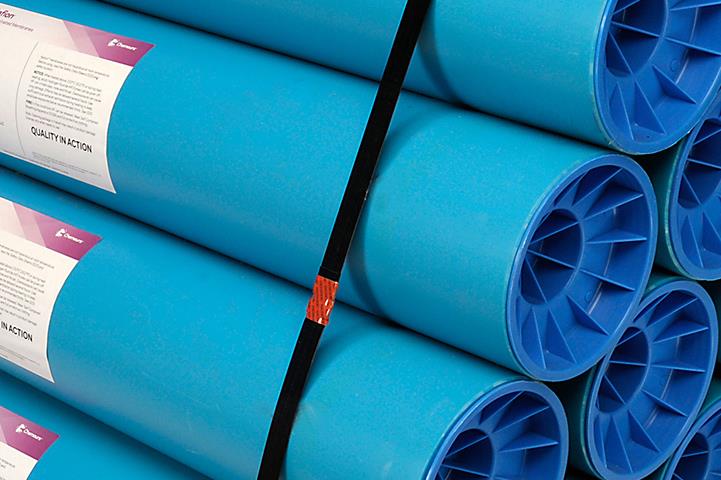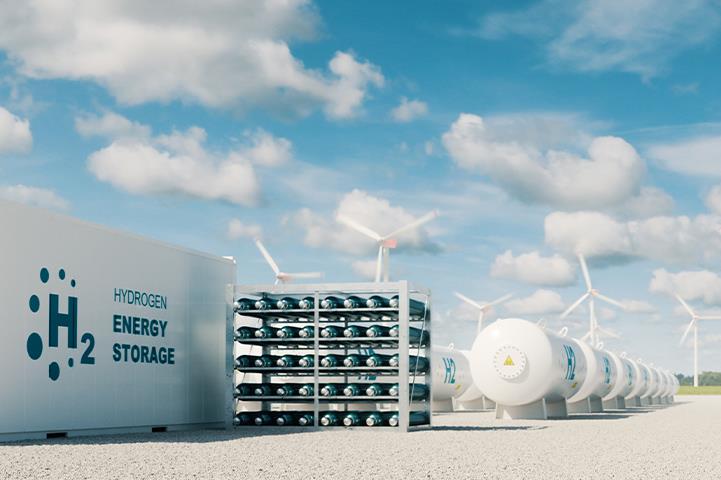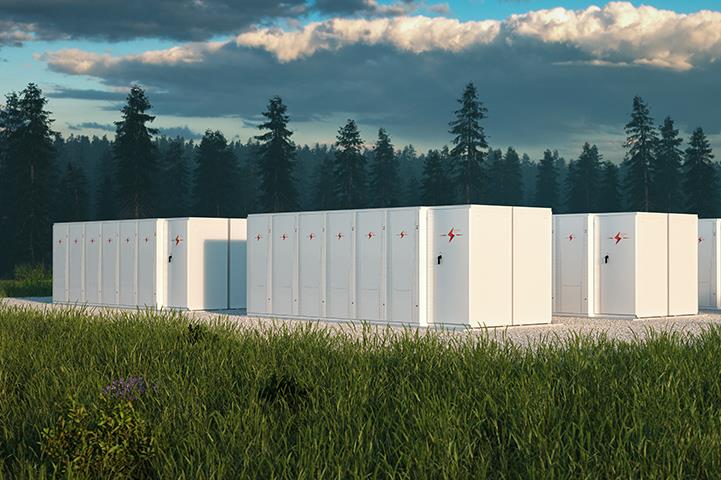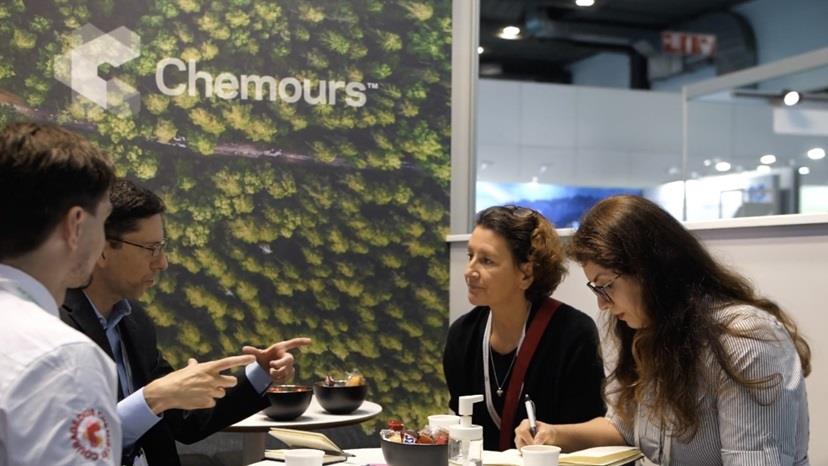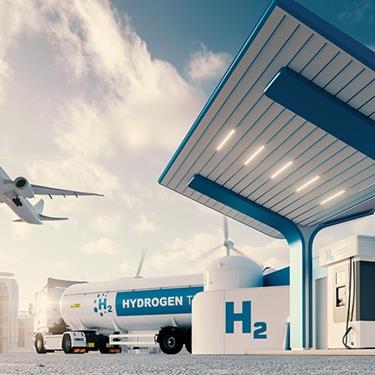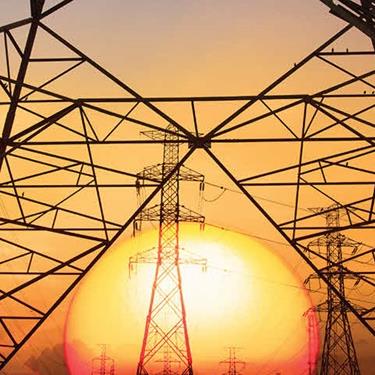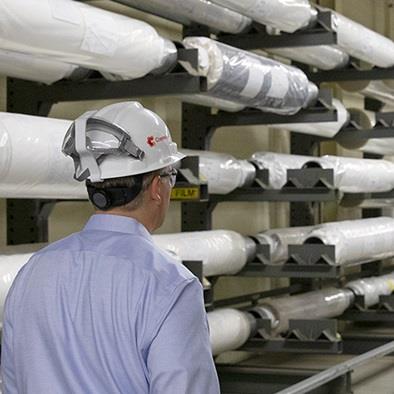Ion Exchange Materials Help Transform the Energy Industry
As a result of climate change and growing population size, demand for clean energy has skyrocketed around the globe. Many countries and businesses are now pursuing alternative, cleaner ways of generating, storing, and utilizing energy through options like smart grids, fuel cells, and flow battery technologies.
Due to the remarkable chemical properties of ion exchange materials like Nafion™ proton exchange membranes and dispersions, we can convert solar and wind power into clean hydrogen—instantly. Nafion™ membranes enable us to apply excess power from renewable sources to water, electrolyzing it into component parts: hydrogen and oxygen. The resulting hydrogen is a near-perfect fuel. Converting hydrogen provides high-quality heat generation, and the only thing it emits is pure water vapor.
Through these pursuits, the energy market is naturally progressing towards a renewable and green future, with ion-exchange membranes playing a significant role in electrical energy generation. Ion exchange technology can take many forms within the diverse energy marketplace, helping to:
- Reliably produce electricity from grid facilities to residential spaces
- Create hydrogen fuel with low to completely clean emissions
- Regulate efficient use and storage of energy
Energy-intensive industrial processes can utilize hydrogen as a feedstock for hard to abate sectors, such as steelmaking and ammonia production, which are currently powered in large part by coal. In fact, hydrogen can eventually provide the power for all manufacturing and can replace coke in the reduction of iron ore.
Manufacturing takes place mostly out of sight, and one of the most high profile uses of hydrogen is already on the road to making hydrogen power more of a household name. In fact, when most people think about hydrogen power, chances are they’re thinking about hydrogen fuel-cell powered cars, buses, and trucks. And the hydrogen used needs high quality membranes to work efficiently and reliably, and Nafion™ membranes and dispersions are ideally suited to keep the wheels turning.
Hydrogen can also show up closer to home. The beauty of hydrogen is for some uses, we can use our existing natural gas infrastructure. Injecting hydrogen into the gas grid means it can be used for home, building, or industrial heating with a minimum of retrofitting.
Nafion™ membranes play a vital role in three transformative energy industry areas: fuel cells, energy storage, and hydrogen production. Each of these options allows engineers to leverage the unique characteristics of Nafion™ membranes, including varying thickness, strength, electrical conductivity, and durability.
